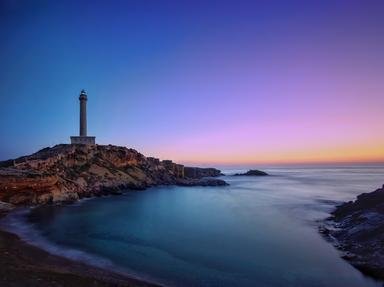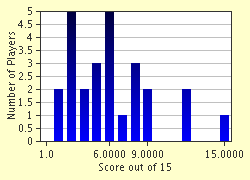Quiz Answer Key and Fun Facts
1. What we know today as the Cunard Line was founded in 1840. What was its original name?
2. The Britannia class of the 1840s were Cunard's first new steamships. Where were they built?
3. From the 1840s to the 21st century, almost all Cunard liners (in peacetime) have featured orange-red funnels with black bands. Which of these famous Cunarders did NOT wear the colors when she first entered civilian service?
4. In 1840, the Cunard Line began service to the United States. At which U.S. port did Cunard first call?
5. Cunard's Persia and Scotia held the Atlantic speed record from 1856 to 1872, but they were the last Blue Riband winners with this technology.
6. Throughout the 19th century, Cunard never lost a passenger, but it did lose a major ship in 1885. Which one?
7. Cunard's Carmania and Caronia of 1905 were near-sister ships. What innovative feature did Carmania have that her sister lacked?
8. From 1897 to 1907, German liners were the fastest and largest ships on the North Atlantic. Cunard responded with the Lusitania and Mauritania of 1907. How were they financed?
9. Cunard built a running mate for Lusitania and Mauritania that entered service in May of 1914. What was her name?
10. Cunard was compensated for the tragic loss of Lusitania by being given an even larger German liner, the SS Imperator. What was her name in British service?
11. RMS Queen Mary was laid down in 1930, but work stopped in 1931 due to the Great Depression. The British government funded her completion with a massive low-interest loan. What did Cunard agree to do in exchange for the loan?
12. RMS Queen Mary was the fastest liner of the 1930s, and also one of the largest ships in the world at the time. What was her approximate size, in gross register tons?
13. During World War II, Queen Mary and Queen Elizabeth transported large numbers of troops. About how many men did they carry during the war, in total (all voyages)?
14. Cunard's Queen Elizabeth 2 sailed for the line from 1969 to 2008. In her long career, what prefix did "QE2" NEVER officially bear?
15. Cunard's tradition of Atlantic liners continued into the 21st century with RMS Queen Mary 2 of 2004. Where was she built?
Source: Author
ignotus999
This quiz was reviewed by FunTrivia editor
stedman before going online.
Any errors found in FunTrivia content are routinely corrected through our feedback system.


